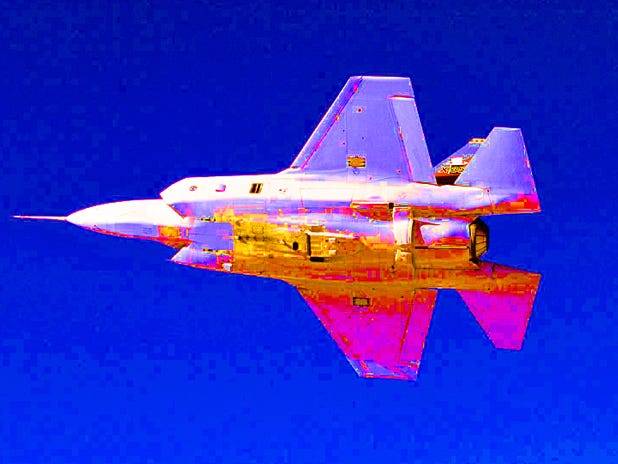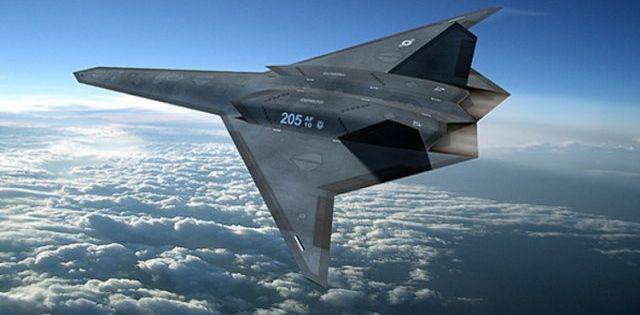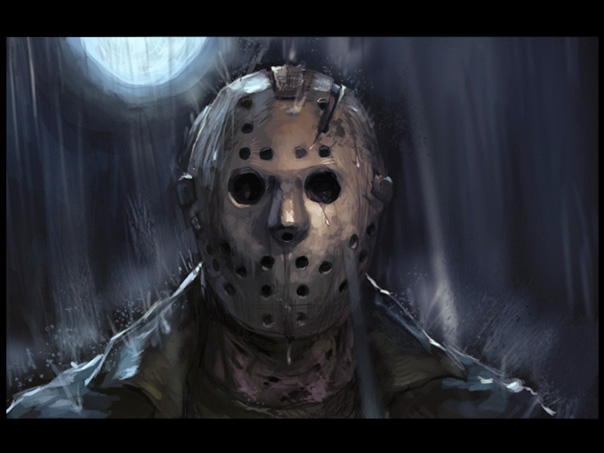Robert Johnson | Dec. 18, 2012,

F-35 Radar
Read more: Quantum Imaging From University of Rochester - Business Insider
We spend all those billions to make stuff invisible to radar and then someone comes up with a way to beat that. It never ends, does it?

F-35 Radar
The stealth technology of America's fifth-generation jet fighters, the F-22 and the F-35, could be obsolete after a new discovery from the University of Rochester in New York.
Read more: Quantum Imaging From University of Rochester - Business Insider
We spend all those billions to make stuff invisible to radar and then someone comes up with a way to beat that. It never ends, does it?




